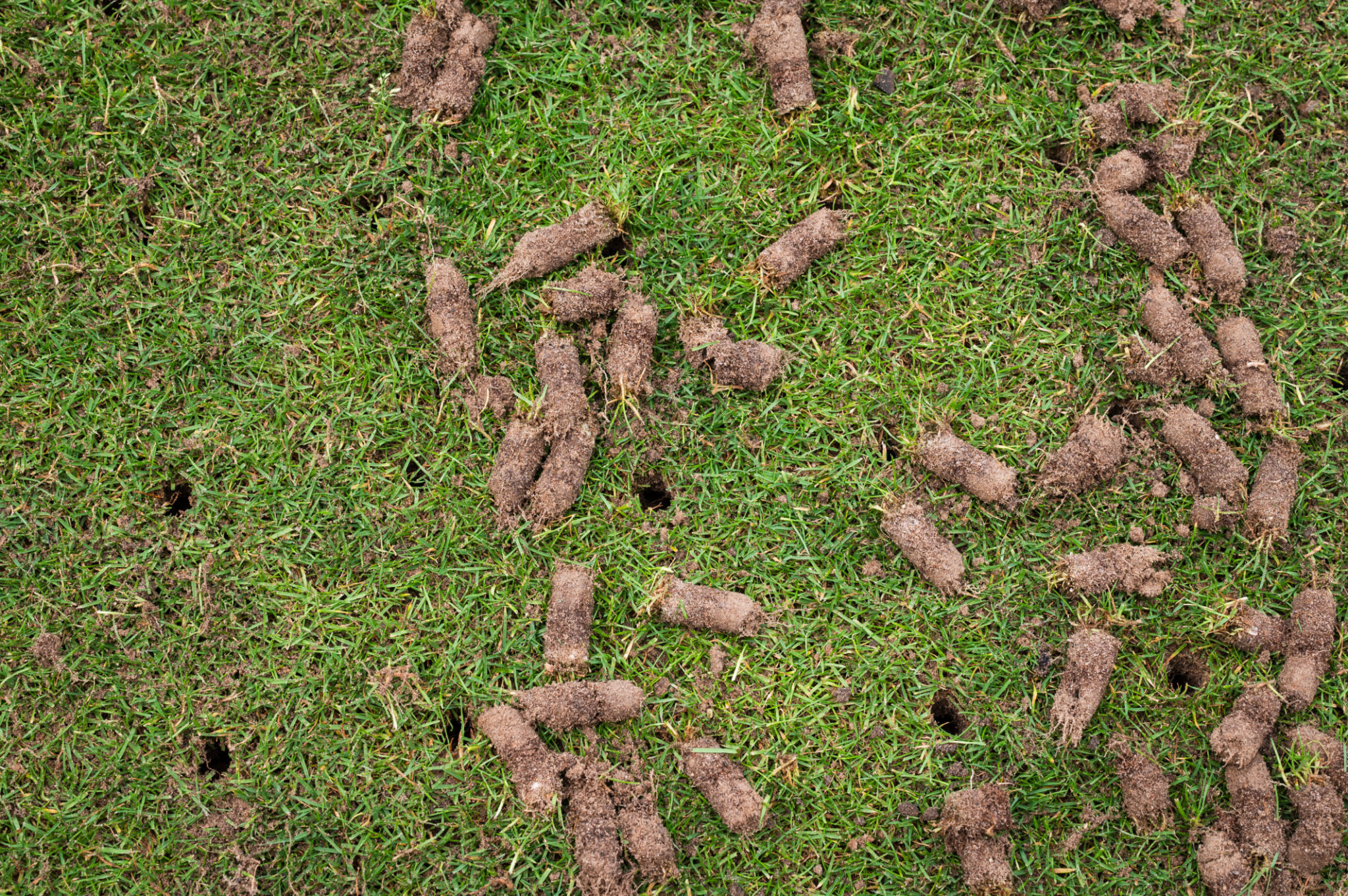Seasonal Landscaping Tips: Preparing Your Jefferson County Lawn for Spring
MP
Understanding Your Lawn's Needs
As the chill of winter begins to fade, it's time to start thinking about preparing your Jefferson County lawn for the vibrant spring season. The transition from winter to spring is a crucial period for lawn care, as it sets the stage for lush, green grass throughout the warmer months. Understanding your lawn's specific needs during this time will help you create a solid foundation for growth.
The first step is to assess the condition of your lawn. Look for any signs of disease, bare patches, or winter damage. Addressing these issues early on will save you time and effort as the season progresses. Additionally, consider the type of grass you have, as different species have unique requirements.

Cleaning and Raking
Once you've assessed your lawn's condition, it's time to clear away any debris that winter has left behind. Fallen leaves, branches, and other debris can smother grass and prevent it from getting the sunlight and air circulation it needs. Use a rake to gently remove these materials, being careful not to damage tender new growth.
Raking also helps to break up any thatch that may have accumulated over the winter months. Thatch is a layer of dead grass and roots that can build up on the soil surface, hindering water and nutrient absorption. Removing excess thatch will promote healthier grass growth.
Aeration and Fertilization
Aeration is an essential step in preparing your lawn for spring. This process involves perforating the soil with small holes to allow air, water, and nutrients to penetrate the grass roots. Aeration alleviates soil compaction, which can be particularly beneficial in Jefferson County's clay-heavy soils.
After aerating, it's time to fertilize. Choose a fertilizer suitable for your grass type and apply it according to the manufacturer's instructions. Fertilizing provides your lawn with the nutrients it needs to thrive as it comes out of dormancy and starts to grow vigorously.

Overseeding and Watering
If your lawn has thin or bare patches, overseeding can help fill them in. This process involves spreading grass seed over existing turf to encourage new growth. Choose a grass seed blend that matches your existing lawn and is suited for Jefferson County's climate.
Watering is another critical component of spring lawn care. Ensure your lawn receives adequate moisture, especially after seeding and fertilizing. However, be mindful not to overwater, as excess moisture can lead to fungal diseases.
Pest and Weed Control
As temperatures rise, pests and weeds become more active. Identifying potential threats early can help you manage them effectively. Consider using natural or organic pest control methods to minimize environmental impact.

Weed control is also essential in maintaining a healthy lawn. Applying pre-emergent herbicides can prevent weed seeds from germinating, keeping your lawn weed-free as it grows.
Regular Maintenance
Finally, establish a regular maintenance routine to keep your lawn looking its best throughout the spring and summer. Mow regularly, but avoid cutting more than one-third of the grass height at a time to prevent stress on the plants.
By following these seasonal landscaping tips, you'll be well on your way to enjoying a lush, beautiful lawn in Jefferson County this spring. Remember, a little effort now can lead to significant rewards in the months ahead.
